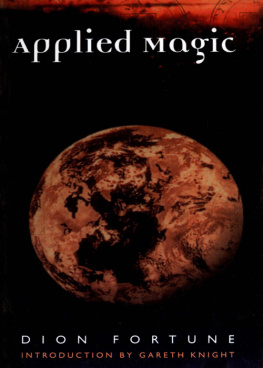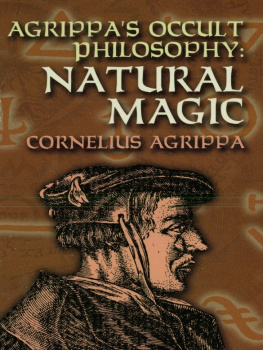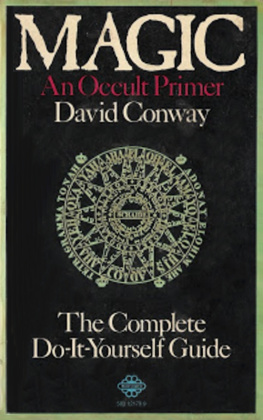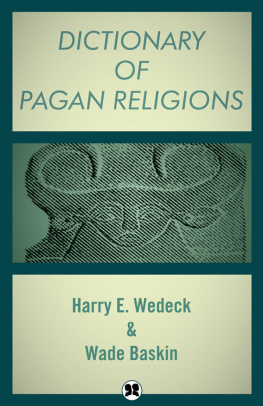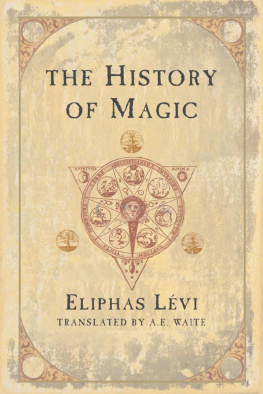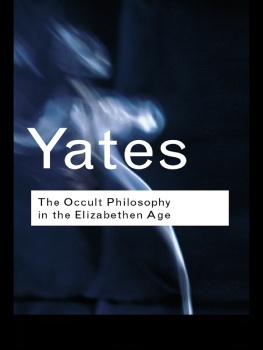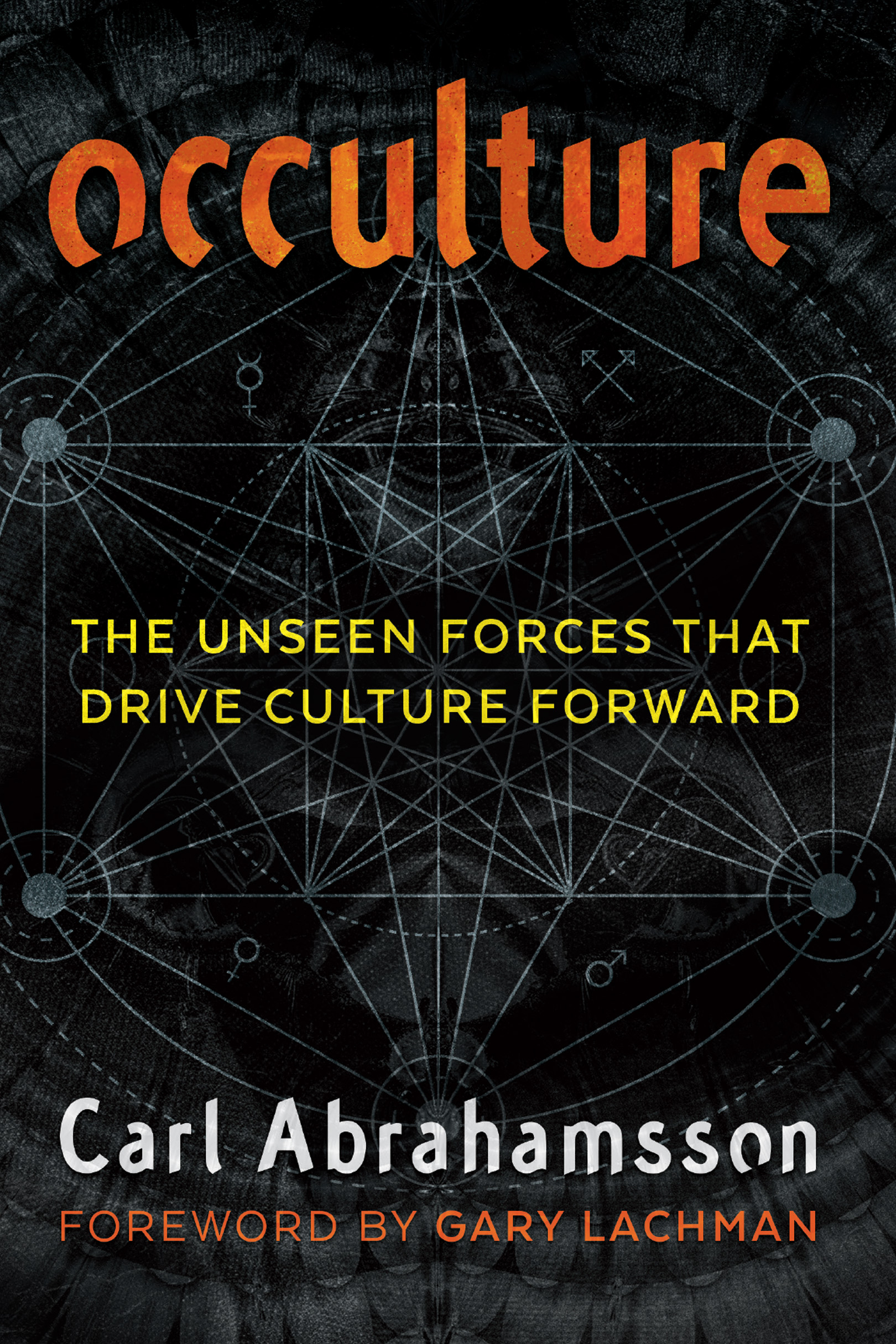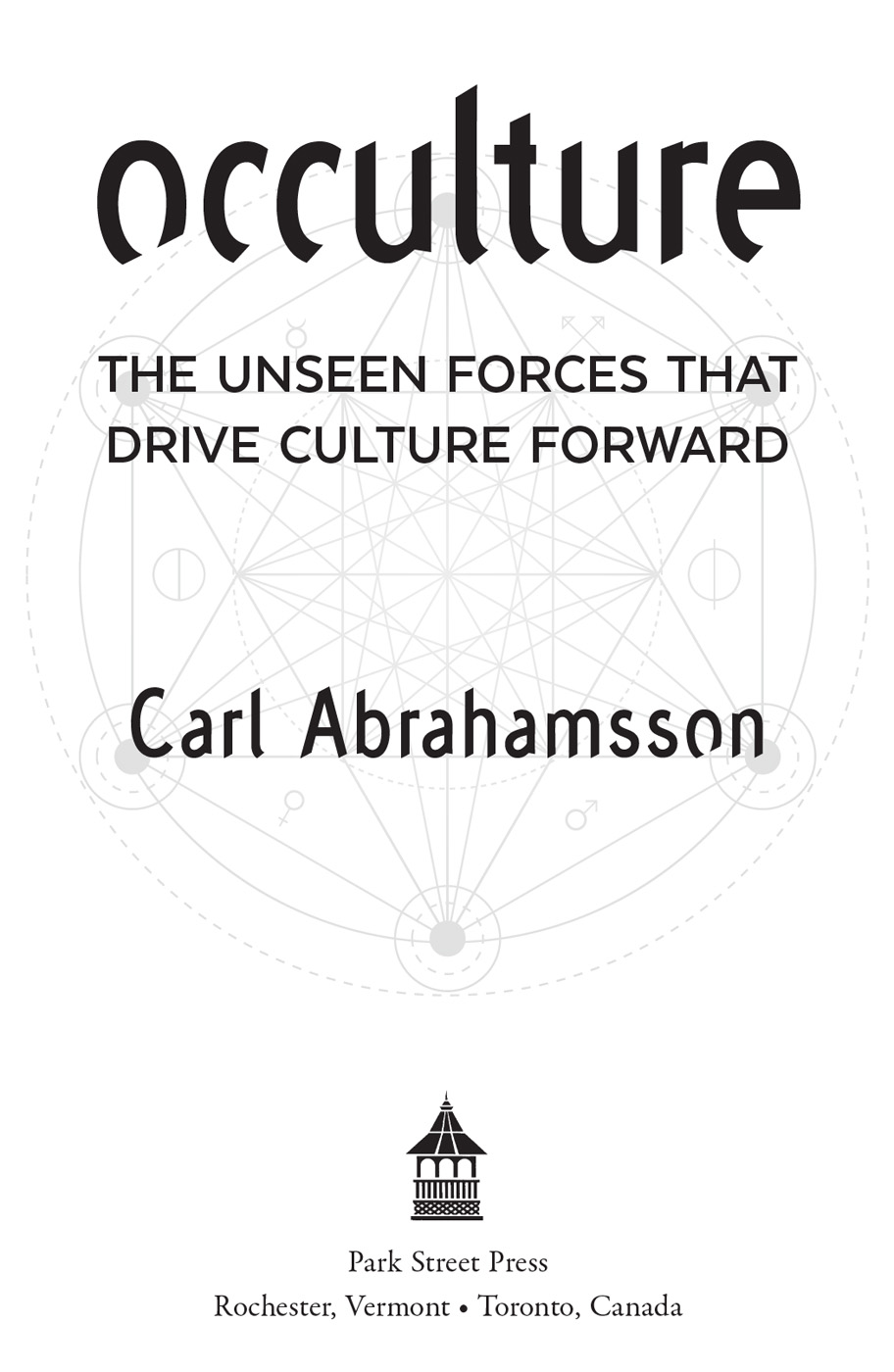
For Vanessa
Occulture

Occulture is one of todays most learned, unexpected, and illuminating tours through occult cultural influences. Carl Abrahamsson will expand your doors of perception of what the counterculture really is. His chapter on Anton LaVey came to me as a revelation. I am filled with hope that a book like this can be published at a time like ours.
MITCH HOROWITZ, PEN AWARDWINNING AUTHOR OF OCCULT AMERICA AND ONE SIMPLE IDEA
Occulture is a word that was inevitable. During the hyperactive phase of Thee Temple Ov Psychick Youth in the 1980s we were casting around for an all-embracing term to describe an approach to combining a unique, demystified, spiritual philosophy with a fervent insistence that all life and art are indivisible. At any given moment our sensory environment is whispering to us, telling us hidden stories, revealing subliminal connections. This concealed dialogue between every level of popular cultural forms and magical conclusions is what we named occulture. Carl Abrahamsson takes this rendering of an innate cultural dynamic and exposes a multitude of parallel creative Universes that do that thing. So easy to perceive with hindsight but so invisible to the closed mind, he changes our means of perceptionturning a straight line into an intricate spiders web of possibilities and impossibilities combined. He performs magick; he concretizes meaning and brings forth revelation into his carefully focused vision.
GENESIS BREYER P-ORRIDGE, ENGLISH SINGER-SONGWRITER, MUSICIAN, AND POET
These days, too much occult discourse comes off as grandiose, needlessly arcane, or desperately darker-than-thou. But decades of participant observation on the art-magic-transgression beat have given Carl Abrahamsson a more down-to-earth approach. Streamlining Crowley, LaVey, and postpunk chaos magic, these talks and essays offer up accessible, pragmatic, and psychologically savvy takes on the intuitive potentials of creative individuation. This is not another system but sparkplugs engineered for your own magical engine.
ERIK DAVIS, AUTHOR OF NOMAD CODES: ADVENTURES IN MODERN ESOTERICA AND HOST OF EXPANDING MIND PODCAST
A sharp, frank, and level-headed exploration of some of the most important figures and movements on the current edges of occultism. Highly recommended.
RICHARD SMOLEY, AUTHOR OF FORBIDDEN FAITH: THE SECRET HISTORY OF GNOSTICISM
Carl Abrahamsons Occulture is itself a beautiful example of the phenomena it discusses. Erudite and a pleasure to read, the collected essays have the potential to nudge consciousness beyond the ordinary perspective of culture and history. A necessary read for students of culture or magick.
PHILIP H. FARBER, AUTHOR OF BRAIN MAGICK, META-MAGICK, AND FUTURERITUAL
Carl Abrahamssonthat curator and champion of everything in occulture that is cool, edgy, trendy, and artsyinspires us with this mind-expanding collection of essays: meditations on art, magick, sex, psyche, and society that collectively trace the supernaturals proclivity to cross over from counterculture to mainstream, casting light on how we see and understand our world. Not to be missed!
RICHARD KACZYNSKI, AUTHOR OF PERDURABO: THE LIFE OF ALEISTER CROWLEY
Through this collection of articles, essays, talks, and miscellanea, Carl Abrahamsson emerges as a dedicated communicator who shares concepts, histories, and ideas with insight and imagination. Whether exploring the culture of Thee Temple ov Psychick Youth or the philosophies of Crowley, Steiner, Jung, and Paul Bowles, Abrahamssons work is never less than engaging.
JACK SARGEANT, AUTHOR OF FLESH AND EXCESS: ON UNDERGROUND FILM, NAKED LENS: BEAT CINEMA, AND AGAINST CONTROL
A welcome collection of insightful essays on the acculturation of society from the veteran chronicler of countercultures.
HYMENAEUS BETA, FRATER SUPERIOR OF O.T.O., MUSICIAN, AND OCCULTIST
Acknowledgments
Warm thanks for supporting my work are due Margareta Abrahamsson, Sofia Lindstrm-Abrahamsson, Jon Graham, everyone at Inner Traditions, Peder Byberg, Jack Stevenson, Lea Porsager, Bjarne Salling Pedersen, Peter Steffensen, Pam Grossman, Jesse Bransford, William Koch, Morbid Anatomy, Michael Moynihan and Annabel Lee Moynihan, Andrew M. McKenzie, Genesis Breyer P-Orridge, Gabriel McCaughry, Thomas Tibert, Alkistis Dimech, Peter Grey, Thorsten Soma, Jonas Plger, Claus Laufenburg, Susanne Witzgall, Kerstin Stakemeier, Dariusz Misiuna, Katarzyna Drenda, Helena Malewska, Bartosz Samitowski, Krzysztof Azarewicz, Ania Orzech, Vera & Stojan Nikolich, Marko tefan-Poljak, Andreas Kalliaridis, Fredrik Sderberg, Ida Mnson, Elisabeth Punzi, Torben Hansen, Rasmus Hungnes, and Martin Palmer. Extra special thanks are due Vanessa Sinclair, to whom this book is lovingly dedicated.
Foreword
CARL ABRAHAMSSON , the author of the lively, engaging, and occasionally quirky writings you now hold in your hand, calls himself a subcultural entrepreneur whose main interest is in the strange interzone between creativity and ritual, the liminal space blending magic and art that has come to be known as occulture. What is occulture? The term is said to have been coined by the performance artist Genesis P-Orridge sometime in the 1980s and is easily recognizable as a portmanteau word combing occult and culture. Abrahamsson agrees. It is a general term, he tells us, for anything cultural but decidedly occult/spiritual.
Needless to say that covers a lot of ground. In recent years the powerful and informative links between art and the occult have become a hot topic both with artists and occultists, but anyone with some knowledge of the history of both recognizes that the association between the two predates their current popularity by some time. Hermetic ideas informed the Renaissance, and the Symbolism of the nineteenth century was rife with notions of other worlds and intimations of strange, ethereal realities. The occult interests of the Surrealists are well known, but even before them the Russian esoteric philosopher P. D. Ouspensky was inspiring Cubo-Futurist and Suprematist painters with remarks like, In art it is necessary to study occultism; the artist must be clairvoyant; he must see that which others do not see; he must be a magician.
Yet although it has a fine pedigree reaching back perhaps into the roots of art and self-consciousness itselfthe earliest known paintings, dating back some fifty thousand years, were made by our prehistoric ancestors in nearly inaccessible caves while experiencing altered states of consciousness and journeying in the spirit worldocculture is something more than an awareness that magic and art are strongly connected, notwithstanding the importance of this awareness. There is a purposive element behind the idea, a self-consciousness associated with earlier art movements, a need to define itself against the backdrop of the ever-increasing plethora of information, entertainment, and distraction that characterizes our time. Yet while many, if not most, art movements define themselves by exclusion, cutting out and rejecting everything not themAndr Bretons banishments from the Surrealist fold are legendaryocculture works with a broader brush, embracing a wide and at times contradictory assemblage of influences and interests. In this it shares much with a movement within modern occultism with which it is often associated: chaos magick. As I understand it, in chaos magick, one need not stick to the prescribed rituals or pantheons but can make magick with just about anything, provided ones imagination is strong and ones will is in earnest. How different is this from many forms of art since Duchamp, when the touch of the artist transforms everyday itemseven urinalsinto mysterious portals of wonder?


